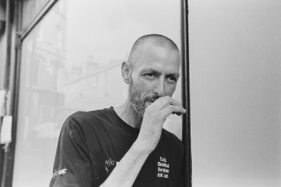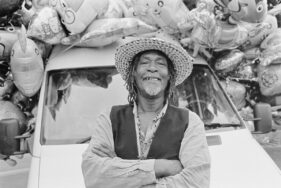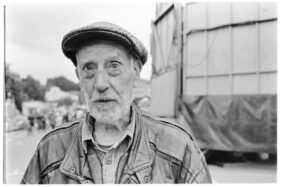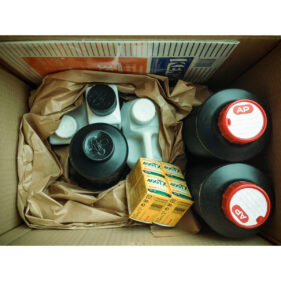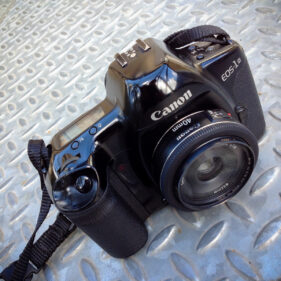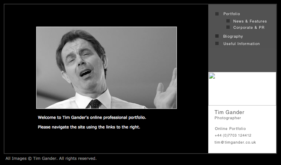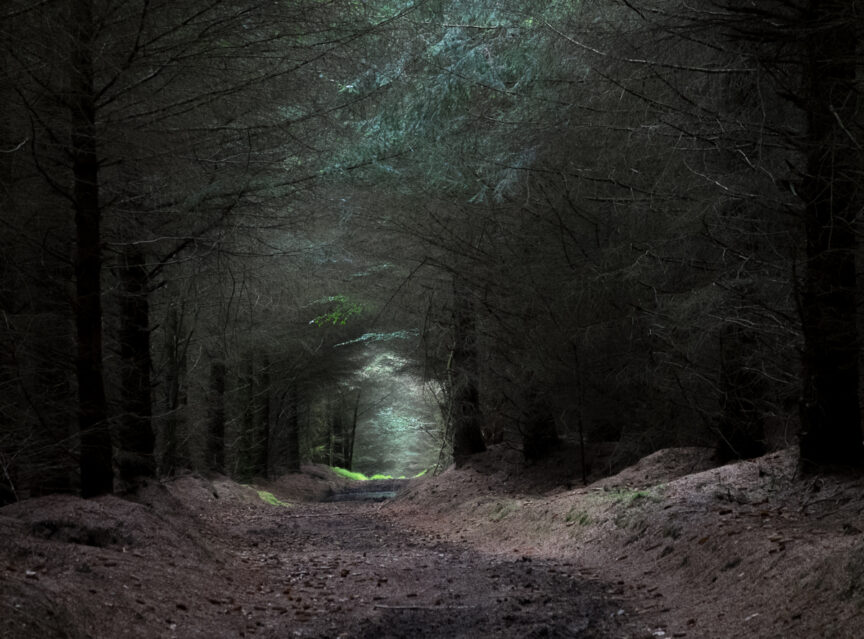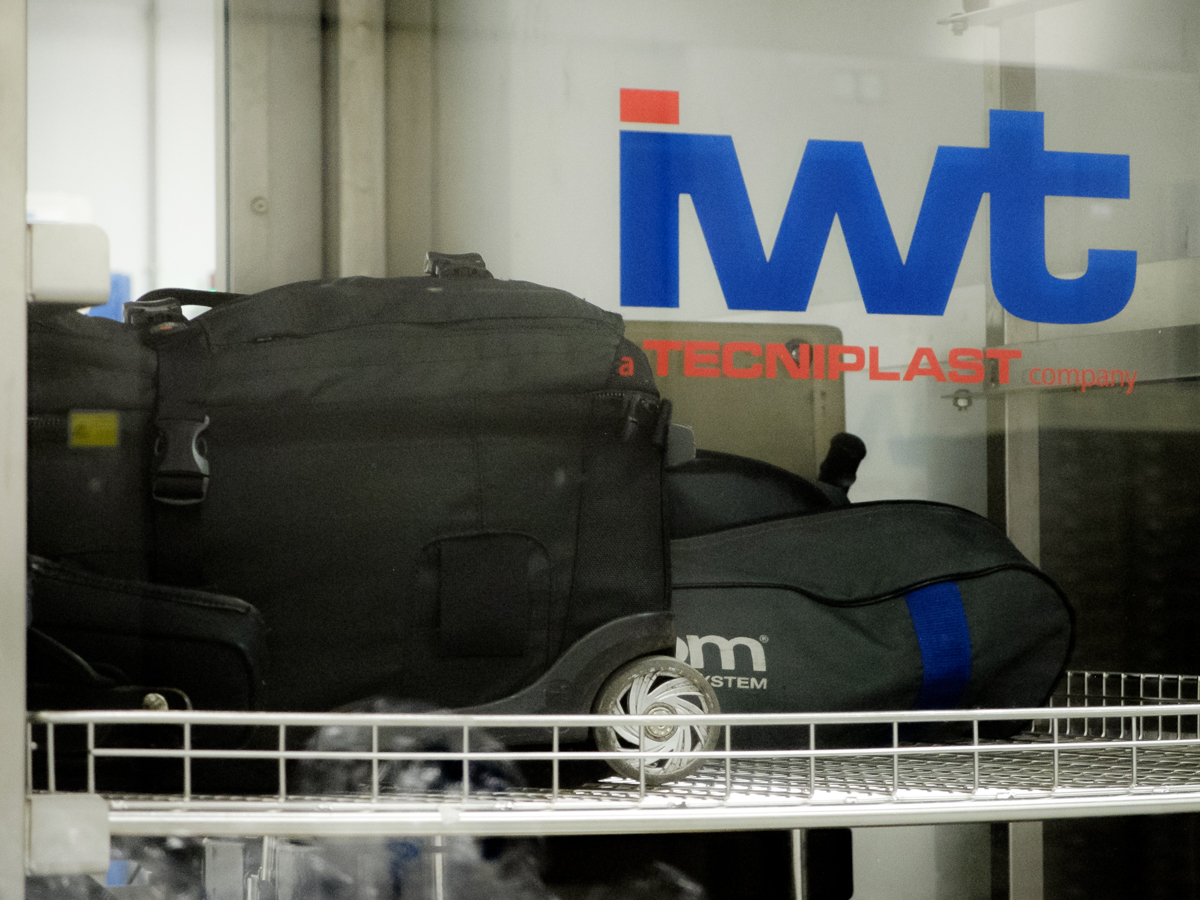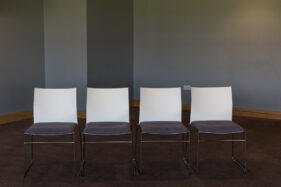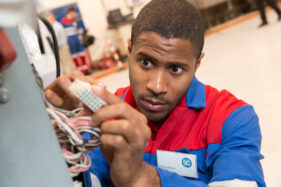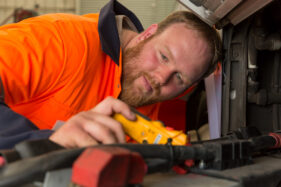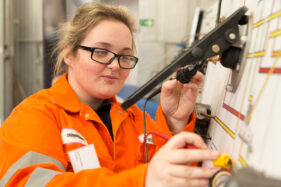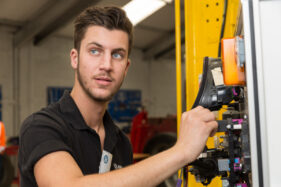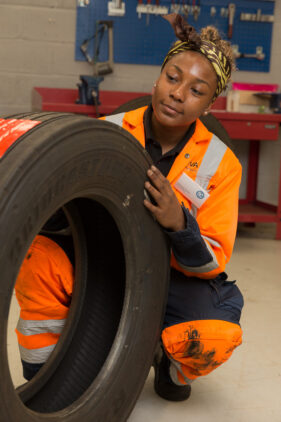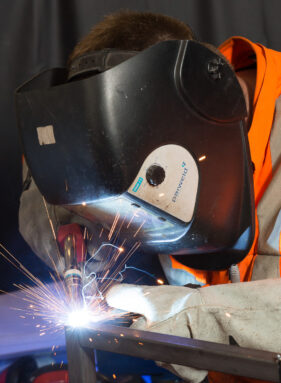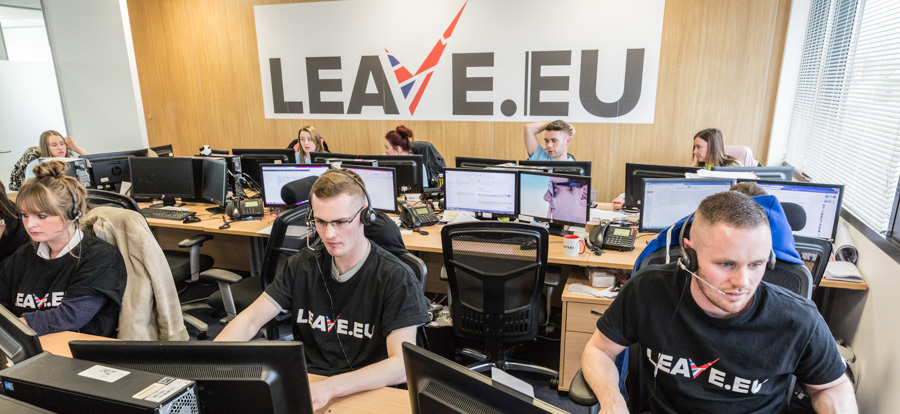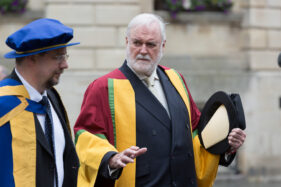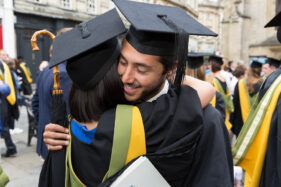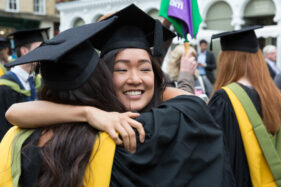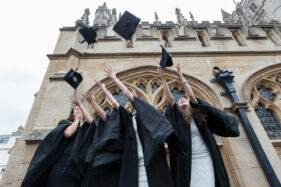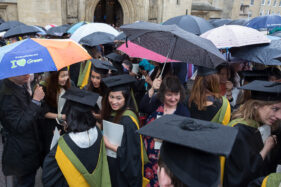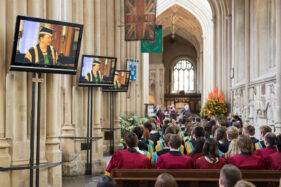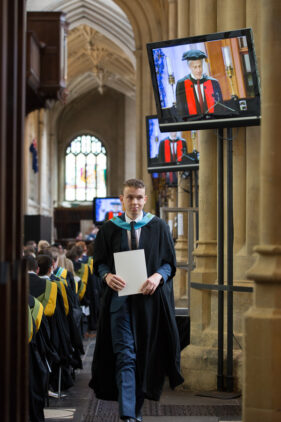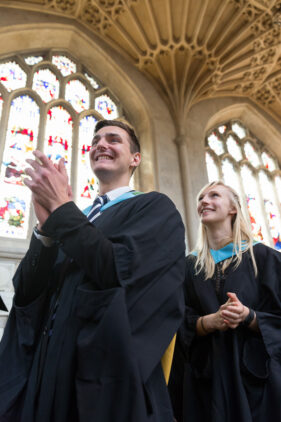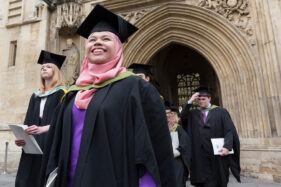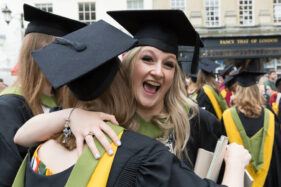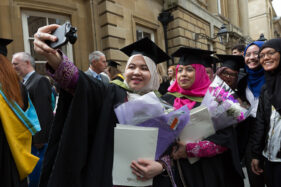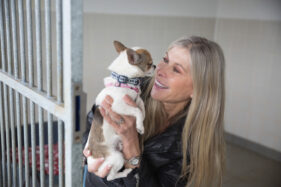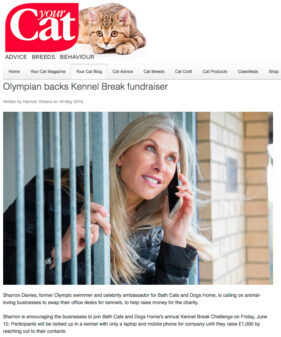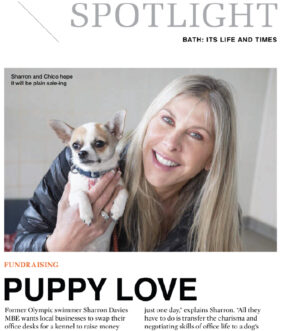Last week I told you about my new adventures in black and white film photography, well here’s a selection of the results. I need to work on my digitisation process a bit more because of course this is all still a bit trial and error.
I’ve owned a scanner in the past, but the results were never more than “ok” in spite of it being quite a high-end Nikon machine, so I’m using a digital camera and a copy box which I constructed myself.
As much as possible I want to preserve the beauty of the negatives (and they are quite lovely) and while this might only be truly possible by making direct prints from them, that’s not so practical when it comes to showing them on my blog.
But away with all this technical talk, what about the subjects of the photos?
There’s the shopfitter in Bath who didn’t mind me taking a few frames while he was on his cigarette break, but wasn’t going to pose. That’s ok, I just wanted an interesting face and some half-decent light for my test photos. He was the perfect candidate.
Then, back in Frome, I met Bad Rasta who travels the country selling balloons and novelty toys at carnivals. He was on a break before the start of the evening carnival in the town and was great fun to chat to and was very happy to pose for me with his van and balloons.
Finally Geoff, a Frome local who I met while wandering around the funfair in Frome. Full of interesting reminiscences, a face full of character, and a pig skin jacket that belonged to his father.
There are more photos of course, but some were just tests to check the camera metering and to see how the Kodak Tri-X film would handle different lighting situations. I wanted to make sure I had a few engaging portraits to share.
Of course the question has to be is this worth all the effort and expense? And of course the answer is yes. Ok, I could have taken these photos digitally with better technical quality for web, but these negatives would print beautifully well, and even if I never get the pleasure of doing that, it does give me satisfaction.
There is also the fact that knowing how to do this improves my work as a digital photographer. I’ve always firmly believed that having a background in processing and printing my own film work back when I started has always been a big advantage over photographers who didn’t get that grounding. So to continue it now is helping me keep in touch with the basics.
And besides all that, getting out and about to discover personal stories and just talking to people I wouldn’t otherwise get to photograph makes the whole exercise utterly, utterly worth it.

